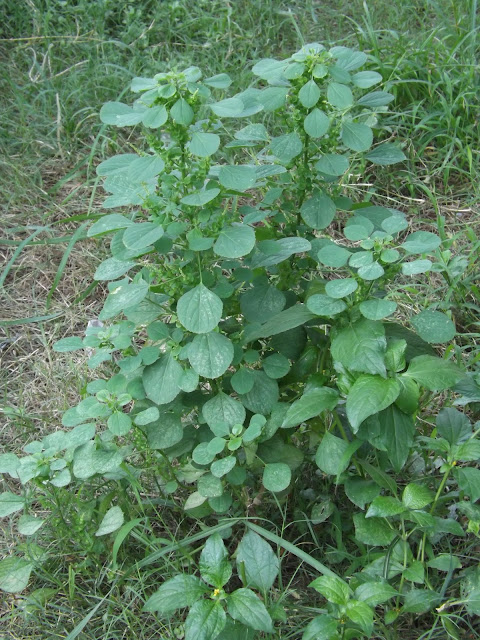Muktajhuri, Indian acalypha, Acalypha indica

Muktajhuri or Indian acalypha ( Acalypha indica , family: Euphorbiaceae) is an annual herb attaining a height of below 1 m. It is found in Tropical Africa, South and Southeast Asia. Common names: Muktajhuri, Indian acalypha, Three-seeded mercury. Leaves are green, oval-shaped, serrated with hairs. Pedicel is 2.5-4 cm long. Flowers are very small, greenish in color, embedded in round bract. Flower and fruit appear almost round the year. Seeds are small and round. In Bangladesh, it is found in fallow land and road. Propagation of the plant is caused by seeds.



